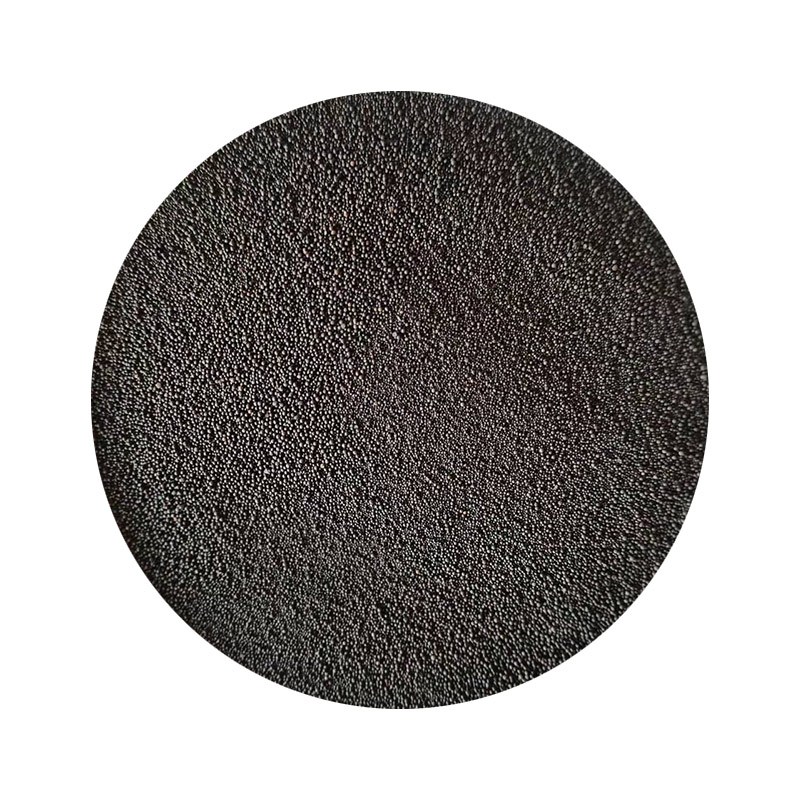The Use of Resin with Sand in Modern Applications
The combination of resin and sand has emerged as a fundamental innovation in various industries, particularly in construction, manufacturing, and artistic endeavors. This mixture not only enhances the properties of the final product but also extends its usability across numerous applications. Understanding the properties, benefits, and diverse applications of resin with sand can provide insights into why this combination has gained such widespread popularity.
Understanding the Components
Resin, a versatile material, can be natural or synthetic. It is commonly used in applications that require strong, durable, and resistant materials. When mixed with sand, a granular material typically derived from quartz, the resulting composite takes on enhanced mechanical properties. Sand contributes to the structural integrity while the resin acts as a binder, holding the sand particles together and creating a solid form when cured.
Benefits of Resin with Sand Composite
1. Durability One of the most significant advantages of combining resin with sand is the resulting durability. The cured composite withstands various environmental conditions, including moisture and temperature fluctuations, making it suitable for both indoor and outdoor applications.
2. Customizability The ratio of resin to sand can be adjusted to achieve desired properties, such as flexibility, hardness, and weight. This adaptability allows manufacturers and artists to tailor the composite for specific uses.
3. Cost-Effective Using sand, which is relatively inexpensive and abundant, alongside resin can lead to cost savings in production. It allows for the creation of robust materials without high costs associated with other additives.
4. Aesthetic Appeal When used in artistic applications, the blend can provide a unique texture and finish that enhances visual appeal. The mixture is often used in decorative items, furniture, and architectural elements, adding an artistic dimension to functionality.
resin with sand

Applications of Resin with Sand
1. Construction The construction industry has embraced resin and sand composites for making strong and durable flooring materials, decorative tiles, and even pre-cast concrete elements. These composites provide improved resistance to wear and tear, making them ideal for high-traffic areas.
2. Foundry Applications In metal casting, resin-bonded sand is a key element in creating molds. Its ability to form intricate shapes while maintaining stability during the casting process has made it indispensable in the manufacture of metal parts.
3. Artistic Creations Artists have found that mixing resin with sand opens up a world of creative possibilities. Whether used in sculptures, paintings, or functional art, this combination can imitate natural materials, providing the beauty of stone or marble without the accompanying weight or cost.
4. Landscaping and Garden Design Resin-sand mixtures are often used in creating pathways, decorative stones, and garden ornaments. The weather-resistant nature of this composite ensures that outdoor installations maintain their aesthetic appeal over time.
5. Sporting Goods In manufacturing various sporting equipment, such as surfboards and skateboards, resin with sand can enhance the grip on surfaces, providing safety and performance benefits for athletes.
Conclusion
The synergy between resin and sand represents a significant advancement in material science and has vast applications across multiple fields. Its durability, customizability, and aesthetic qualities make it a favored choice for manufacturers and artists alike. As technology continues to evolve, the potential uses of this versatile composite will likely expand, leading to new possibilities in design and function. The combination of these two seemingly simple materials has proven that innovation often lies in the most unexpected places, opening avenues for creativity and efficiency in countless applications.
Post time:Oct . 15, 2024 08:06
Next:Песочный керамический огнеупорный кирпич
